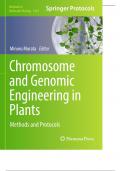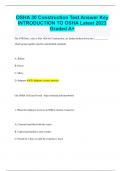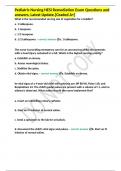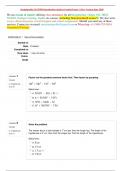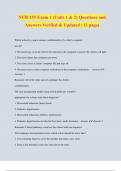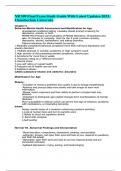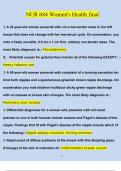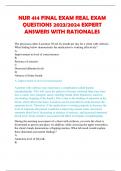Class notes
Chromosome and Genomic Engineering in Plants Methods in Molecular Biology 1469
- Institution
- 123 University
Transformation or transfection is an indispensable tool in basic and applied studies in biological sciences. In plants, a number of species can be transformed by an Agrobacteriummediated system, particle bombardment, and/or protoplast fusion. Compared to other organisms, however, these three techn...
[Show more]
